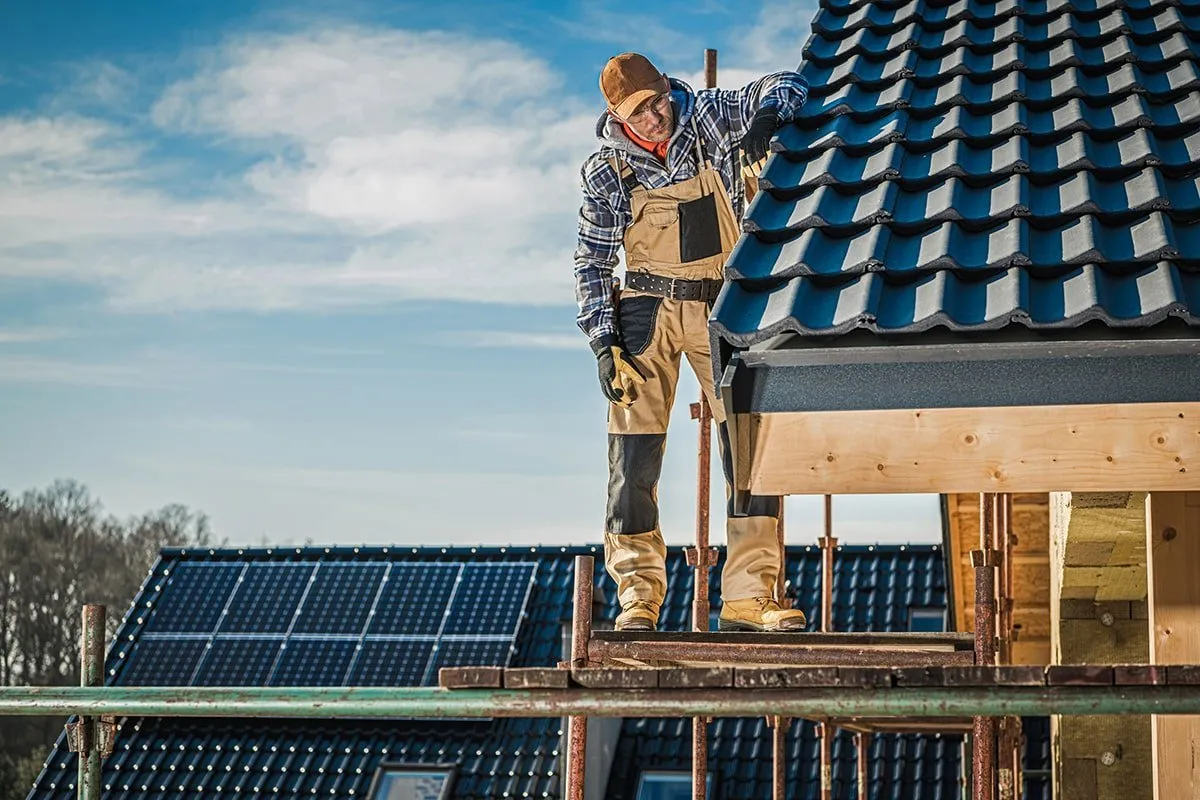
A roof is a crucial component of any building structure, providing protection against various elements such as rain, snow, wind, and sunlight. However, exposure to these elements over time can lead to wear and tear, eventually necessitating roof repair. Among the most common reasons for emergency roof repair is weather-related damage. Understanding these causes can help homeowners and property managers take proactive measures to safeguard their roofs against potential harm.
Understanding Weather-related Damage
Weather-related damage to roofs can occur due to a variety of environmental factors, including heavy rain, strong winds, hailstorms, snow accumulation, and extreme temperatures. Each of these elements can pose unique challenges to the integrity of a roof, leading to issues such as leaks, missing shingles, structural damage, and more. Moreover, the frequency and severity of weather events, such as hurricanes, tornadoes, and winter storms, can exacerbate the risk of roof damage, especially in areas prone to extreme weather conditions.
Heavy Rain and Roof Damage
One of the primary culprits behind emergency roof repair is heavy rainfall. When rainwater accumulates on the roof surface, it can seep through cracks, gaps, or damaged shingles, causing leaks and water damage to the underlying structure. Additionally, prolonged exposure to moisture can weaken the roof’s materials, leading to deterioration and potential failure over time. In regions with high precipitation levels or during intense rainstorms, the risk of roof damage escalates, making it essential for homeowners to inspect their roofs regularly and address any issues promptly to prevent costly repairs.
Impact of Strong Winds on Roof Integrity
Strong winds are another common cause of roof damage, particularly in areas prone to severe weather events such as hurricanes or tornadoes. High winds can dislodge shingles, tear off roof flashing, or even lift entire sections of the roof, leaving the underlying structure vulnerable to water infiltration and structural damage. Moreover, flying debris propelled by strong winds can cause punctures or abrasions to the roof surface, further compromising its integrity. As a result, it’s crucial for homeowners to invest in wind-resistant roofing materials and ensure proper installation to minimize the risk of wind-related damage.
Hailstorms A Threat to Roofing Materials
Hailstorms pose a significant threat to the durability of roofing materials, especially asphalt shingles, wooden shakes, and metal roofs. The impact of hailstones can cause dents, cracks, or granule loss on the surface of shingles, weakening their protective barrier against water infiltration. Additionally, hail damage may not always be immediately apparent, as it can develop into more significant issues over time, such as leaks or premature aging of the roof. Therefore, homeowners should inspect their roofs for signs of hail damage after severe storms and seek professional roof repair services if necessary to prevent further deterioration.
Snow Accumulation and Roof Collapse Risks
In regions with cold climates, snow accumulation on the roof can pose a serious risk to its structural integrity, especially if the snow load exceeds the roof’s weight-bearing capacity. Heavy snow buildup can exert immense pressure on the roof structure, leading to sagging, cracking, or even collapse in extreme cases. Additionally, the freeze-thaw cycle can exacerbate roof damage, as melted snow refreezes at night, causing ice dams and potential water infiltration into the roof system. To mitigate these risks, homeowners should ensure proper insulation and ventilation in the attic space to prevent ice dam formation and remove excess snow from the roof using safe methods.
Extreme Temperatures and Roofing Materials
Extreme temperatures, whether scorching heat or freezing cold, can take a toll on roofing materials over time. In hot climates, prolonged exposure to the sun’s UV rays can cause shingles to become brittle, crack, or warp, compromising their ability to provide adequate protection against water intrusion. Conversely, in cold climates, fluctuating temperatures can lead to the expansion and contraction of roofing materials, resulting in cracks, gaps, or loosened fasteners. Additionally, thermal shock caused by sudden temperature changes can weaken the roof’s structure, making it more susceptible to damage from other environmental factors. To combat the effects of extreme temperatures, homeowners should choose roofing materials designed to withstand their specific climate conditions and conduct regular maintenance to prolong their lifespan.
Emergency Roof Repair Addressing Urgent Needs
In situations where roof damage poses an immediate threat to the safety and integrity of a property, emergency roof repair becomes necessary. Whether caused by severe weather events, fallen trees, or accidents, emergency roof repair services are available to address critical issues and prevent further damage. These services typically involve temporary measures to secure the damaged area, such as tarping or patching, followed by a comprehensive assessment and permanent repair solutions. By promptly addressing emergency roof repair needs, homeowners can mitigate the risk of extensive damage and costly repairs in the long run.
Summary
Weather-related damage is a significant concern for homeowners and property managers, as it can compromise the integrity of roofs and lead to costly repairs or replacements. By understanding the common causes of roof damage, such as heavy rain, strong winds, hailstorms, snow accumulation, and extreme temperatures, individuals can take proactive measures to protect their roofs and minimize the risk of emergency roof repair. Regular inspections, proper maintenance, and prompt attention to any signs of damage are essential for preserving the longevity and performance of roofing systems in the face of changing weather conditions.

























